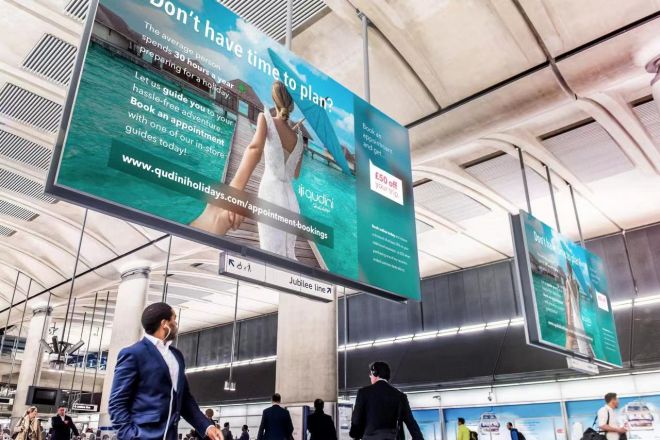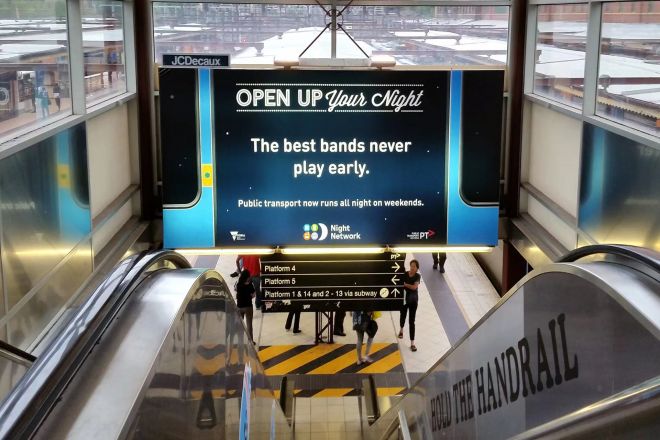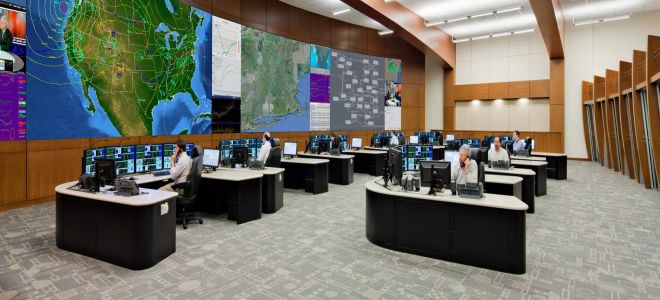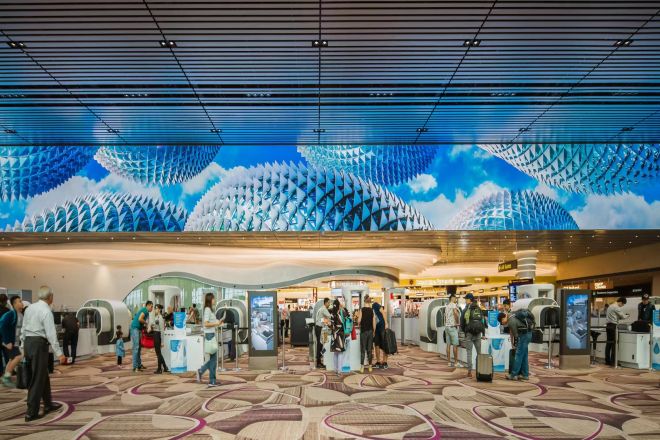مقدمة

With the rapid development of the LED market, LED display has become an indispensable part of our daily life. Among them, the application of indoor LED display screens is very extensive; by More and more people. This phenomenon has LED to the market for indoor LED display suppliers began to grow up. The type of its products and the price has specific difference.
As anyone familiar with شاشات LED داخلية knows, prices vary widely between materials and configurations, so here’s how much you might need to buy an indoor LED display.
1. Material
the material that makes LED display screens is many, and the price is different. Of course, if the customer does not request, the supplier will generally default to using their most commonly used material brand. So want to consult when understanding clearly.
1). The material of the box body
Die-casting aluminum alloy: This is the most commonly used indoor LED display shell material and is made of aluminum alloy shell die-casting technology. Its advantage is that it is much lighter than iron. More indoor LED displays should be installed in the load-bearing positions of the walls to reduce the load on the walls so that more users will choose the relatively light box. Of course, this material will be rather expensive.
Iron box: As the name implies, the iron box is made of iron. Because iron itself has a certain weight, the weight of the package made of iron will be heavier. Indoor LED displays do not generally use this material because it will increase the wall load-bearing. The price of this material will be lower.

2). Power supply
Power supply should be highly reliable and of good quality because it can protect the safety of the LED screen and prevent its combustion. Different Power supply brands have different advantages; of course, the price will also be different; the current indoor LED display use is more Meanwell, G-energy Power supply two brands.
3). LEDs
The price of LEDs depends on the brand you use, brightness, viewing angle, color, and color temperature.
2. Size
This is one of the critical factors in determining how much you will need to spend. You need to know precisely where and what size you want your indoor LED display to be. Because the LED display is different from other products, it is custom-made. If the size is wrong, the entire screen will be useless. So Be sure to confirm the size with the sales staff.
In addition, the size is also related to your best viewing distance; if it is in a smaller room, the number of people watching is less. For example, small conference rooms can be installed with a smaller LED display. If it’s a large store with a lot of people watching, then you need to install a larger screen. Of course, the big screen must be more expensive than the small one.
3. Point spacing

Indoor LED screen point spacing, is small; its image quality and dynamic capture capacity will be better and higher resolution. In real life, indoor LED displays are installed in small spaces between most monitors, such as indoor monitors. They consist of a P1.5, P1.92, or other small-pitch LED display. Many of the details on the screen work well, even if the colors are very bright. The larger the point spacing of the LED screen, the more blurred the display, only for large text sets.
Naturally, the smaller the spacing between the points you choose, the higher the resolution and the more expensive it will be.
4. Technical parameters
This parameter is also a very important factor in determining the price, different parameters, and LED display at work when the effect is not the same.
سطوع: General indoor LED display brightness in 600CD to 800CD. If you need a higher brightness, you will have to pay extra.
معدل التحديث: This is an important parameter. This parameter relates to whether your LED screen will display water waves when you take a photo or video with your phone. Currently, the most common refresh frequency on the market is divided into the general 1920hz and High Brush 3840hz. When taken with a mobile phone, the 3840HZ display is almost invisible to water ripples. But 1920Hz is more prominent. As a result, a high brush at 3840HZ is more expensive than a regular brush at 1920Hz.
5. Transportation

LED display freight also to pay a fee because of different modes of transportation, and transportation time varies greatly. Prices will naturally vary.
Air freight: If you’re in a hurry to use an LED screen, air freight is your best bet. Because it uses the shortest time, but please note that this mode of transportation is more expensive.
Transport by sea: If you’re not in a hurry, use an LED display. Or if your LED display is big and heavy. Transport by sea is also a good option. And this mode of transportation is relatively affordable.
Customs: Customs inspection is an inevitable process in the cross-border transportation of goods. Some countries require you to apply for a certificate, but most do not. Therefore, you should know in advance whether your side of customs needs certificates. LED display suppliers will provide each user with the LED display packaging list and invoice. If your customs office does not require a certificate, you can go directly with the two documents provided by the supplier. And the customs fee is to be paid by you. The specific number depends on your side of the customs standards; each country is different.
خاتمة
These are some of the factors that affect the price of indoor LED displays.
If you are interested in LED, for a more detailed quotation, يرجى الحصول على اتصال معنا.
Bibiled is an excellent enterprise in Shenzhen, China. It has been to serve every customer with high-quality service. Here are some examples of our products:
